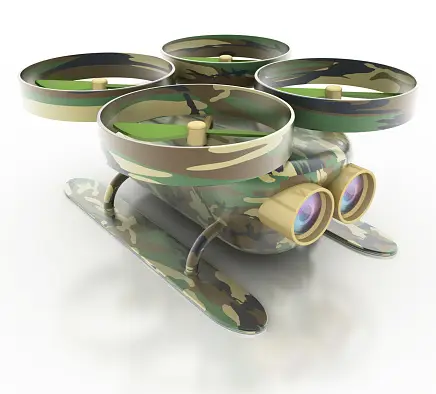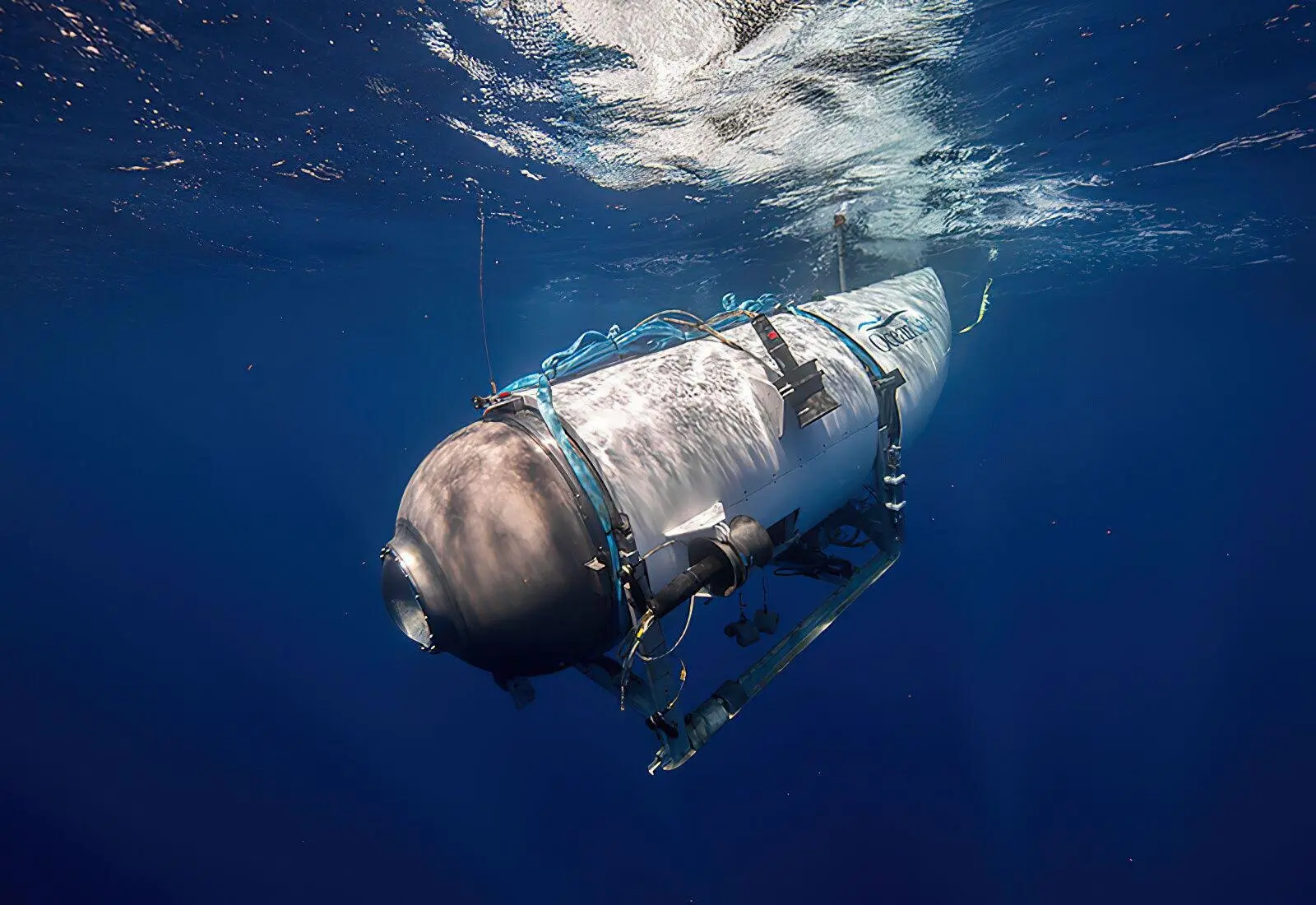Luna 25 Crashed: Chandrayaan-3 Races to Win South Pole
- Srusti UB
- Aug 21, 2023
- 9 min read
Updated: Sep 16, 2023
Introduction
The race to the moon has always been a thrilling undertaking, with nations and space organizations striving to see who can get there first. Unfortunately, Luna 25 from Russia The Luna 25 Moon Mission, which is planned to land on the moon on August 21, 2023, and which was launched on August 11, 2023, at 2:11 a.m. (Moroccan Time), according to Russia Space Corporation, recently had a crash landing on the moon, knocking them out of the race. They suffered a difficult loss, but accidents do happen.
But fear not, because India's Chandrayaan-3 has taken the lead as the sole contender in this thrilling race. With Russia out of the picture, it's now India's time to shine. Chandrayaan-3 is all geared up and ready to showcase its prowess in lunar exploration. Move over, Luna 25 mission, there's a new star in town!
Chandrayaan-3's mission will not only involve technical advancements but also have the potential for groundbreaking scientific discoveries. The objective of this mission is to understand lunar geology, search for water, and map lunar resources. It's a crucial step towards unraveling the mysteries of the moon and potentially paving the way for future lunar missions.
The competition for the South Pole is on, and exploring this region holds immense significance. However, it won't be a walk in the park. The challenges faced by these lunar missions are immense, from surviving the harsh lunar environment to navigating rough terrains and overcoming communication hurdles. But when has a little adversity stopped us from reaching for the stars?
Stay tuned as Chandrayaan-3 embarks on its journey to the moon, bringing us one step closer to a future of lunar exploration. Who knows what wonders we'll discover and what international collaborations will arise along the way? The thrill of conquering the moon awaits us all! So grab your popcorn and get ready for a cosmic adventure like no other. The moon is calling, and Chandrayaan-3 is ready to answer.
Luna's Crash
What happen to Luna-25?
Luna 25 status: Russia's lunar mission, recently had a rather unfortunate encounter with the Moon. I mean, who would have thought that a spacecraft designed to land on the Moon would crash into it? Talk about an unexpected turn of events.
Now, let's dig into why did Luna-25 crash. It seems like Luna-25 had some technical glitches, which ultimately led to its untimely demise. Perhaps they forgot to carry a spare tire or pack some snacks for the journey; it's hard to say. But hey, we all make mistakes, right?
Despite this setback, there are always lessons to be learned. The engineers and scientists involved in Luna 25 mission can now go back to the drawing board and figure out what improvements need to be made. Maybe they'll even include a GPS next time, just to avoid any more crash landings.
As for its plans, Russia certainly isn't giving up on its lunar ambitions. They've already announced that Luna-26 will be their next mission, aiming to explore the Moon's south pole. It's like a never-ending race to conquer the Moon! Who will reach the finish line first? Place your bets, ladies and gentlemen.
With the Luna 25 mission out of the picture, Chandrayaan-3, India's lunar mission, now takes the lead. But can they handle the pressure? Only time will tell. As the sole contender in this race for the south pole, Chandrayaan-3 has a lot riding on its success. Will it triumph where Luna-25 failed?
Hold on tight, folks! The race for the Moon's south pole is heating up. It's a battle between nations, each striving to unlock the secrets hidden within the lunar surface. But let's not forget the significance of this mission. Exploring the Moon's south pole could provide valuable insights into our planet, as well as pave the way for future space exploration.
Of course, this race wouldn't be complete without its fair share of challenges. Navigating the rugged lunar terrain is no walk in the park, especially when you can't simply plug in your GPS and ask for directions. Add to that the communication hurdles and surviving the harsh lunar environment, and you've got yourself a real adventure.
But hey, don't let these obstacles deter you. The excitement of conquering the Moon is unparalleled. The future of lunar exploration holds endless possibilities, and who knows what scientific discoveries await us? So, stay tuned for the next chapter in this exhilarating race to the Moon's south pole.
And that's Luna-25's crash in a nutshell. Stay curious, my friends!
Chandrayaan-3: The Challenger
As we dabble into the exciting world of lunar exploration, one mission stands tall in the face of challenges: Chandrayaan-3. This Indian spacecraft is the contender that promises to make heads turn and Moons swoon (that's the rhyme I'm going with, they didn't tell me I couldn't!).
The mission's overview is simple yet thrilling. Chandrayaan-3 aims to further our scientific understanding of the Moon, building upon the successes and lessons learned from its predecessors, Chandrayaan-1 and Chandrayaan-2. With an upgraded design and enhanced technical advancements, this lunar explorer is ready to take on the challenges that come its way.
But wait, that's not all! As Chandrayaan-3 lands on the 23rd of this month at 5:30 pm on the moon, is not just about making the numbers (or craters) count. It's about pushing the boundaries of scientific discoveries and creating history as proud Indians. With state-of-the-art instruments onboard, this spacecraft plans to uncover the secrets of the lunar surface, studying its geology and mapping its resources. Who knows what treasures might be buried beneath the Moon's dusty exterior?
And let's not forget the anticipation that comes with exploring the unknown, the excitement that follows every lunar mission. Chandrayaan-3 represents the spirit of human curiosity and the collaboration of nations coming together to conquer the final frontier (cue dramatic music). Who will emerge victorious in this race for the South Pole? Only time will tell.
So, buckle up as Chandrayaan-3 takes to the skies and embarks on its ambitious journey. Who knows what marvels it will uncover or what challenges it will face along the way? One thing's for sure, this lunar expedition has all the ingredients for an epic space adventure. So stay tuned, space enthusiasts, the Moon is about to get a whole lot busier!
(Psst! Side note: I wonder if the Moon gets tired of all these visitors. I mean, can you imagine having a constant stream of spacecraft exploring your backyard? Talk about an invasion of privacy! But hey, let's not let that dampen our enthusiasm for scientific exploration. Onwards and upwards!)
The Race for the South Pole
Deep in the vast expanse of space, there is a fierce race happening, but it's not your typical Olympic event. No, it's the race to conquer the Moon's South Pole, and it's shaping into an intense competition with some out-of-this-world challengers. Why is exploring the South Pole of the Moon so significant, you may ask? Well, let's delve into the mysteries and challenges that lay ahead for the lunar missions.
Firstly, the significance of exploring the Moon's South Pole cannot be overstated. It is believed to be a treasure trove of resources like water ice, which could potentially sustain future lunar settlements and even serve as a launching pad for further deep space exploration. Additionally, understanding the unique lunar geology of this region could shed light on the celestial body's evolution and provide valuable insights into the history of our planet.
Yet, embarking on this mission is not without its share of challenges. The lunar environment is harsh and unforgiving, with extreme temperature variations and dusty, treacherous terrains. Navigating these rough terrains is no easy feat, and lunar missions must overcome these obstacles to reach the elusive South Pole. Furthermore, communication hurdles pose a significant challenge, as maintaining a stable and reliable connection with Earth becomes problematic in the Moon's remote regions.
As for the competing lunar missions, it's a battle royale of advanced technology and scientific prowess. With Russia's Luna-25 out of the race due to an unfortunate crash landing, the Indian Space Research Organisation's Chandrayaan-3 emerges as the sole contender for the ultimate prize. Equipped with cutting-edge advancements and a resolute mission objective, Chandrayaan-3 aims to conquer the South Pole and bring back valuable data that will contribute to our understanding of the Moon and the universe at large.
So, as we eagerly await the outcome of this remarkable race, it's important to recognize the significance, challenges, and competitors involved in exploring the Moon's South Pole. Whether it's uncovering ancient secrets or paving the way for future colonization, the race to the Moon's South Pole is a thrilling adventure that showcases the determination and ingenuity of humankind in our quest to unravel the mysteries of the cosmos. Buckle up, folks; this is going to be an extraordinary journey!
Russia's Luna 25: Mission Objectives
When it comes to exploring the Moon, there are a few key objectives that lunar missions typically aim to achieve. First and foremost, understanding lunar geology is a top priority. Scientists are eager to learn more about the composition and structure of the Moon's surface, as well as its geological history. This will provide valuable insights into the formation and evolution of not just our celestial neighbor, but also our very own planet.
Another important mission objective is the search for water on the Moon. The presence of water would be a game-changer, as it could potentially be used as a resource for future human explorations or even for sustaining life. By studying the distribution and abundance of water ice, scientists hope to unlock the secrets of where it came from and how it is stored on the lunar surface.
Lastly, mapping lunar resources is crucial for our understanding of the Moon's potential as a source of valuable materials. From rare elements to minerals that could be used for manufacturing, this information will be vital for plans of utilizing lunar resources for scientific, economic, and even space exploration purposes.
By focusing on these objectives, lunar missions like Chandrayaan-3 are paving the way for a deeper understanding of the Moon and its significance to our planet. So, buckle up and get ready for an exciting journey of discovery! Who knows, we might just uncover some surprises along the way. So, keep your eyes on the Moon, folks!
Challenges and Preparations
Surviving the lunar environment is no easy feat. With extreme temperatures ranging from scorching hot to cold, astronauts need to be prepared for anything. Just imagine trying to find a good spot for a picnic in that kind of weather!
Navigating rough terrains on the Moon also poses a challenge. It's not like you can just whip out Google Maps and find your way around. The lack of landmarks and uneven surfaces make it a bit trickier than your average hike in the park. I hope they don't have any clumsy astronauts on board!
And let's not forget about the communication hurdles. It's not like you can just pick up the phone and call home when you're millions of miles away. Astronauts need to rely on complex communication systems to stay connected. It's like playing a game of telephone but on a cosmic scale.
But despite these challenges, scientists and engineers have been working tirelessly to ensure the success of Chandrayaan-3. They've come up with innovative solutions to survive the lunar environment, develop advanced navigation systems, and establish reliable communication channels. It's like they're preparing for the ultimate cosmic adventure!
So, as we eagerly await the launch of Chandrayaan-3, let's hope that the astronauts have packed their thermal jackets, hiking boots, and a cosmic version of walkie-talkies. Because exploring the Moon is no walk in the park, but it's a journey worth taking. Keep your fingers crossed for a safe and successful mission!
Conclusion
The future of lunar exploration is an exciting prospect that holds immense potential for scientific discoveries and advancements. It is not just a race between nations but a collaborative effort that showcases the power of international cooperation. As we venture further into the vast expanse of space, countries from around the world are coming together to explore the Moon and unlock its mysteries.
International collaborations play a crucial role in pooling resources, expertise, and technologies to make lunar missions more successful. Sharing knowledge and resources allows us to overcome challenges and increase the likelihood of significant scientific breakthroughs. The Moon is the gateway to understanding the universe better, and this shared endeavor brings us closer to unraveling the secrets of the cosmos.
Conquering the Moon is no easy feat, but it excites our human spirit of exploration and adventure. The thrill of pushing the boundaries of what is possible and witnessing the triumph of human ingenuity is a truly remarkable experience. Every successful mission to the Moon fuels our curiosity and inspires future generations to dream bigger and aim higher.
So, as we look ahead to the future of lunar exploration, let us celebrate the spirit of collaboration, embrace the challenges that lie ahead, and never lose sight of the thrill that comes with conquering the Moon. Together, we can continue to push the boundaries of knowledge and unlock the secrets of the universe, one lunar mission at a time.
Check Out: https://www.aerogo.live/shop















Comments